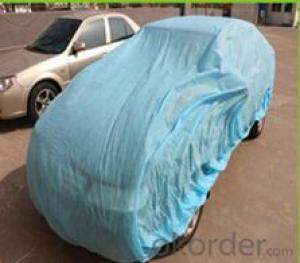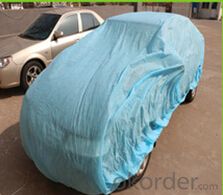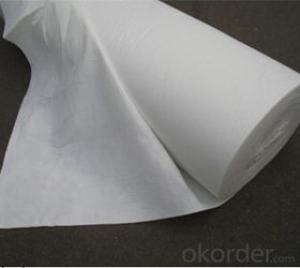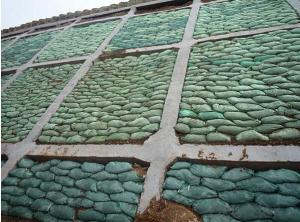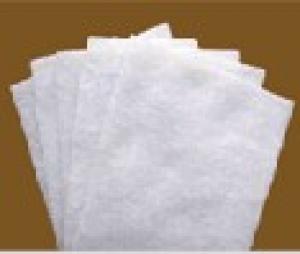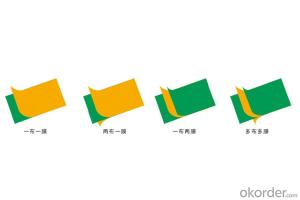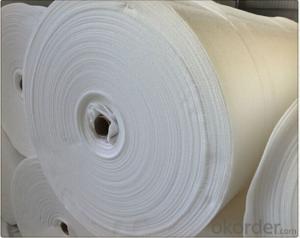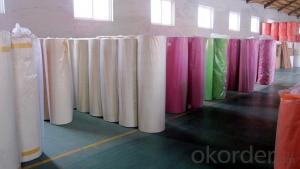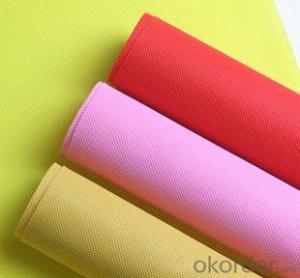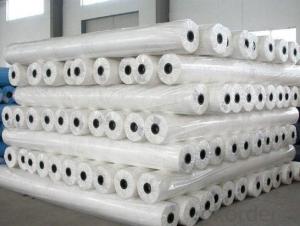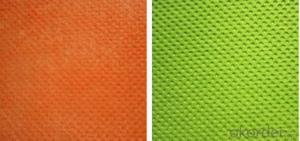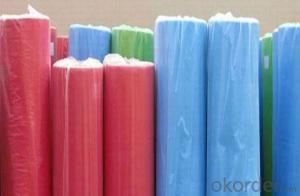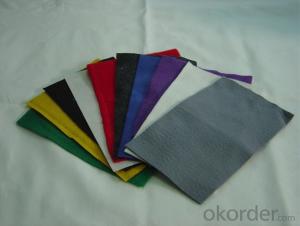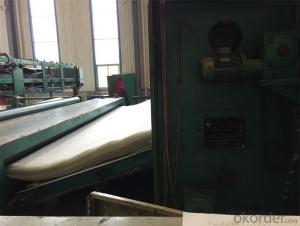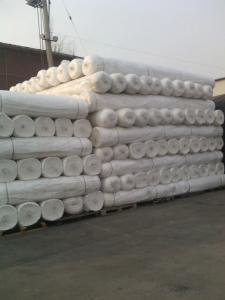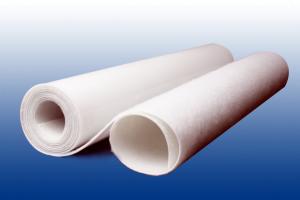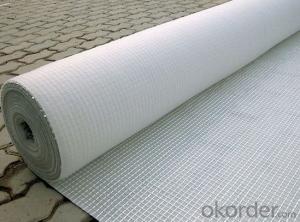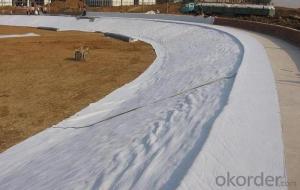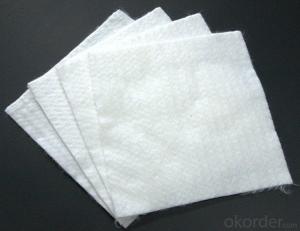Geotextile for Sale - PP Spunbonded Nonwoven Fabric for Spring Pocket
- Loading Port:
- China Main Port
- Payment Terms:
- TT OR LC
- Min Order Qty:
- -
- Supply Capability:
- -
OKorder Service Pledge
OKorder Financial Service
You Might Also Like
FAQ :
1.What is your main products ?
Our main products are made from PE ,PP etc and could be used for agriculture and construction ,etc .
2.What is your payment term ?
We could accept TT ,LC.
3.What is your delivery time ?
The delivery time is around 30days per container, sometimes we have stocks .
pp spunbonded nonwoven fabric
Introduction of PP Spunbonded Nonwoven Fabric For Spring Pocket is used to protect the crops in agriculture UV resistance masterbatch could be added 1%~8%. It can protect the vegetable crops and new lawns against extreme weather, animal and insect damage, yet allows light, water and air to penetrate, creating protected growing conditions..
Specification of PP Spunbonded Nonwoven Fabric For Spring Pocket
Width : From 1~ 2.4m
Length: 50-100m as customer requests.
Weight : 17gsm~ 80gsm
Color : black ,white ,other colors are available
Packing of Polypropylene Spunbond Non Woven Fabric:
Each roll is wrapped in a plastic bag with label specification with paper tube inside .
- Q: What is the role of geosynthetics in the highway?
- Geosynthetics a lot of geogrid, geotextile which is specific
- Q: How do geotextiles improve the performance of asphalt overlays?
- Geotextiles improve the performance of asphalt overlays by providing reinforcement and separation between the existing pavement and the new asphalt layer. These fabrics help distribute the load and prevent the mixing of materials, reducing cracking and increasing the overall durability and lifespan of the overlay.
- Q: GB / T-2008 has this standard on staple geotextile? What is the exact name? Know what to say thank you!
- Staple acupuncture non - woven geotextile
- Q: Designers give blind ditch length of 540m, geotextile for 2835m2 more
- Too professional. You ask the manufacturers, music built
- Q: How to build a good 12 by 24 brick wall
- First buy enough cement and sand. And then to the cement sand water, stirring. Into cement. Use cement to act as glue to pile up the brick. If it is art wall, it is recommended to use professional cleaning agent hook, and then brush varnish, so red brick and white brick is very artistic and beautiful. You can also use cement to stick directly brush the wall paint, but to brush strong. Sand can not be thick, cement: sand that is 1: 4 plus a small amount of lime. If the brick is an excellent product. The number of piers. Masonry technology is excellent. Construction according to construction specifications. The length of the stubble stubble, the vertical and horizontal successively and rationally.
- Q: Are geotextiles suitable for use in seismic zones?
- Yes, geotextiles are suitable for use in seismic zones. Geotextiles are engineered materials designed to provide reinforcement, filtration, and separation functions in various civil engineering applications, including seismic zones. They can help improve ground stability, prevent soil erosion, and enhance drainage, which are crucial factors in earthquake-prone areas. Additionally, geotextiles have been successfully used in earthquake-resistant structures to mitigate the effects of ground shaking and soil liquefaction. Therefore, geotextiles are a viable and effective solution for construction and infrastructure development in seismic zones.
- Q: Whether the geotextile filter layer includes a plastic mesh
- Hello, geotextile can be used as a separate filter and grid sand with as a filter layer, Huazhi geotextile material manufacturers for you to answer
- Q: Can geotextiles be used in underground pipe installation?
- Yes, geotextiles can be used in underground pipe installation. Geotextiles are often used as a separation and filtration layer between the soil and the pipe to prevent soil intrusion and ensure proper drainage. They help enhance the performance and longevity of underground pipes by providing stability and preventing clogging.
- Q: Mainly how to filter layer construction, cutting for the weak weathering rock
- The walls behind the sandbags ah, but in most cases are mechanical backfill, and then the top surface of a layer of sandbags and composite drainage network mean
- Q: 400 grams per square meter of non-woven geotextiles how much money
- According to your technical parameters, the specific number of professional geotextile manufacturers to answer, power to discuss!
Send your message to us
Geotextile for Sale - PP Spunbonded Nonwoven Fabric for Spring Pocket
- Loading Port:
- China Main Port
- Payment Terms:
- TT OR LC
- Min Order Qty:
- -
- Supply Capability:
- -
OKorder Service Pledge
OKorder Financial Service
Similar products
Hot products
Hot Searches
Related keywords
